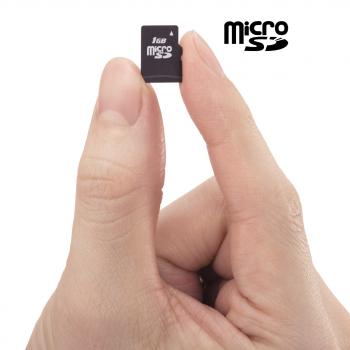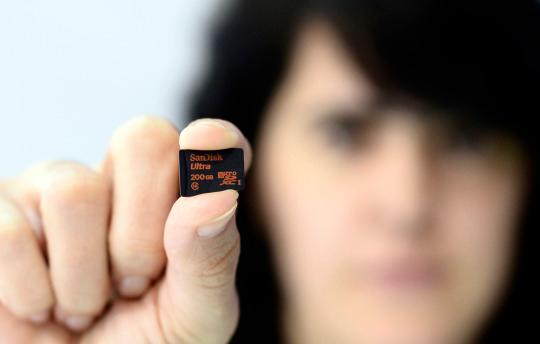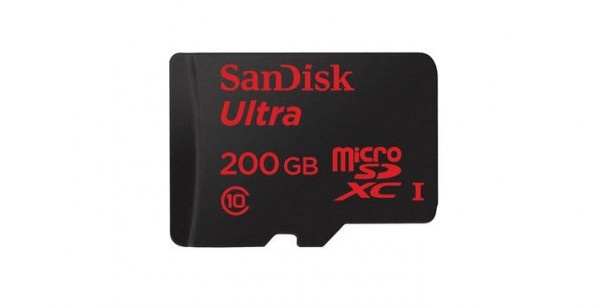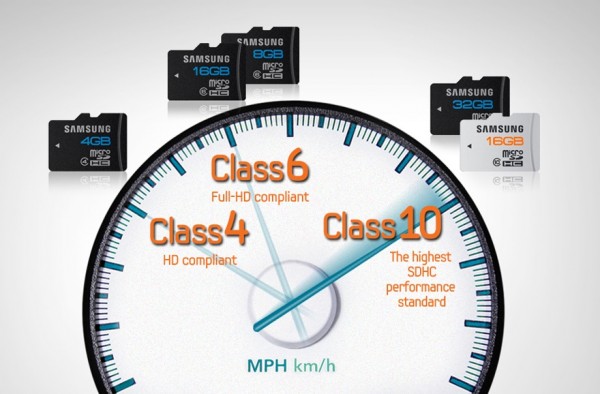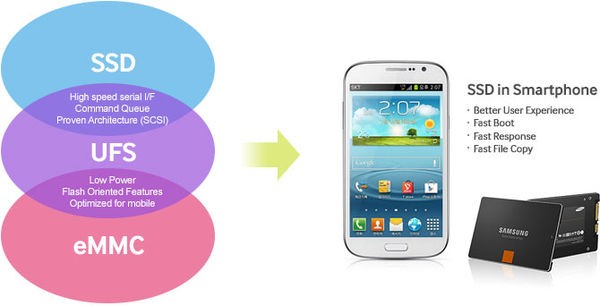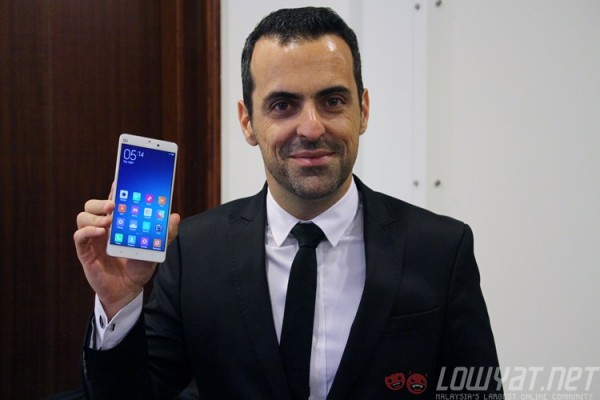Expandable storage on mobile phones. For a long time now, they’ve been a subject with staunch movements both for and against it. The recent removal of a microSD card slot on the Samsung Galaxy S6, as well as Xiaomi’s Hugo Barra’s statement explaining why there isn’t any expandable storage option on the new Mi 4i sparked another round of heated discussion among smartphone users.
So why do smartphone users want microSD card slots, and why are smartphone makers shying away from them? Let’s break it down.
FOR…
If there’s one reason why consumers want expandable storage on their smartphones, it’s this: cost. MicroSD cards have been around since the days of feature phones, offering a cheaper alternative to store pictures, ringtones and yes, even contacts when your SIM card runs out of space. Remember those days?
Back then, offering smaller storage space with a microSD card slot means the retail price of the device is lower, too, as it pushes the cost of manufacturing down. Users can then choose to buy a microSD card of varying sizes based on their needs.
These days, with expandable storage cards getting ever cheaper, you can add significant amounts of storage to a smartphone for anywhere between RM15 to several hundred ringgit, depending on the storage size and class. Imagine, for about RM60 to RM70 you can double the storage of a 32GB smartphone. In contrast, Apple charges you RM424 more for a 64GB iPhone 6 compared to a 32GB one. Of course, there are technical differences between natively offering extra storage and expanding them via microSD, but try explaining that to the average consumer.
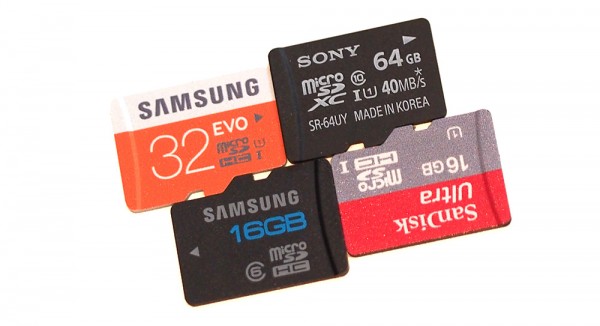
Take that, evil conglomerate. (Image: ephotozine.com)
It doesn’t help either that a lot of smartphones today only pack 8GB of internal storage, prompting the need for expandable storage. It is especially prevalent in lower-end smartphones – with only 8GB of storage, the actual usage storage amounts to only 4GB or less, as there are system files that also take up storage space.
A microSD card slot allows smartphones to store videos on top of pictures, songs and other files that can be downloaded or transferred to a smart device. This allows consumers to turn their smartphones into portable entertainment devices to kill time, adding convenience to an already important personal device. If a smartphone only comes with 8 or 16GB of internal storage, no problem – just get a 32GB or indulge in one of those 200GB ones that were just announced earlier this year.
Another plus point in favour of having microSD card slots is portability. With so many cloud syncing options these days, one might suggest that having a physical copy of your data is still useful, especially in areas where Internet penetration is low, or in countries where Internet data is expensive. In these places, it is far cheaper to just slot in a microSD card to store internal data; switching between devices is relatively painless too, as it just requires the user to remove the card from the old phone and into the new one.
AGAINST…
Just like the above, there’s a simple reason why smartphone makers are moving away from adding microSD card support: performance.
A slower-class card, like Class 4, will have slower read/write speeds compared to a newer Class 10 microSD card, which is also more expensive. Hence, unknowing consumers would be more likely to purchase a slower memory card without understanding the consequences of using one. It’s similar to USB 2.0 and USB 3.0 – the difference is telling, especially when microSD cards can also be used on Android devices to store apps.
And why does this matter to the smartphone maker? Let Xiaomi’s Hugo Barra explain:
You think you’re buying like a Kingston or a SanDisk but you’re actually not, and they’re extremely poor quality, they’re slow, they sometimes just stop working, and it gives people huge number of issues, apps crashing all the time, users losing data, a lot of basically complaints and customer frustration. It’s gonna be a while before you finally accept that maybe the reason why it’s not performing is because you put in an SD card, right? You’re gonna blame the phone, you’re gonna blame the manufacturer, you’re gonna shout and scream and try to get it fixed, so many different ways until you say, ‘Actually, let me just take the SD card out and see what happens.’
In other words, which company wants that kind of bad press?
On the other hand, there’s the matter of performance itself. Samsung’s Galaxy S6, for example, is fitted with a new UFS 2.0 flash memory that’s said to be significantly faster than standard flash memory on smartphones, and closer in performance to solid-state drives (SSDs). With that levels of read/write speeds, even a Class 10 memory card would appear slow – and that of course, would lead to complaints about the device “slowing down” in future. Hence, it meant that Samsung had to remove one of its most practical features for the sake of maintaining the S6’s premium performance.
It is this same reason that Hugo Barra argues against the addition of a microSD card slot on its affordable Mi 4i smartphone. “For high performance devices, we are fundamentally against an SD card slot,” he said.
Finally, in the same vein as “portability” in the earlier segment, smartphone makers would argue that with so many cloud syncing options, there’s no need for a microSD card slot on a smartphone. These days, a smartphone can have automatic camera backups using Google Drive, Dropbox, Microsoft OneDrive, Box and many more. Android also automatically syncs app data to your Google account, so each time you use a new device, your apps would be downloaded immediately. Why worry about a flimsy and tiny card when you have the power of the cloud?
MOVING FORWARD…
This would also surprise some of you, but Google has also been against cheap memory expansion years before anyone made a big deal out of it. This report way back in 2011 details how Google began encouraging other phone makers to increase internal storage on their smartphones, and reduce dependency on expandable memory. Bits of Barra’s argument above echoes in the report, stating the failure rates of SD cards were a big reason to avoid supporting expandable memory altogether.
The feature that allows apps to be transferred to a memory card, called Apps2SD and introduced in Android 2.2 Froyo, was meant to be a stop-gap solution. However, it has endured four years on and many iterations of Android later, possibly signalling that consumers aren’t ready to let go of the cheap microSD card option just yet – or that phone makers are still offering abysmally small internal storage, propagating the need for external storage solutions.
Either way, something’s got to give.
What would you prefer? Smartphones with microSD card slots, or phones with larger internal storage for lower prices? Share your thoughts in the comments below!
Follow us on Instagram, Facebook, Twitter or Telegram for more updates and breaking news.


